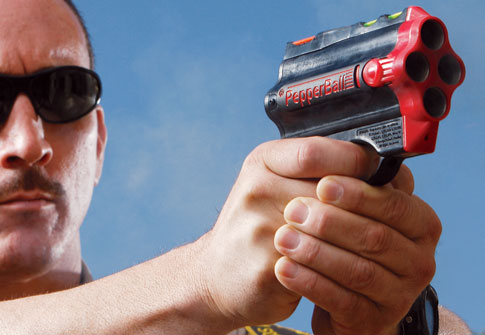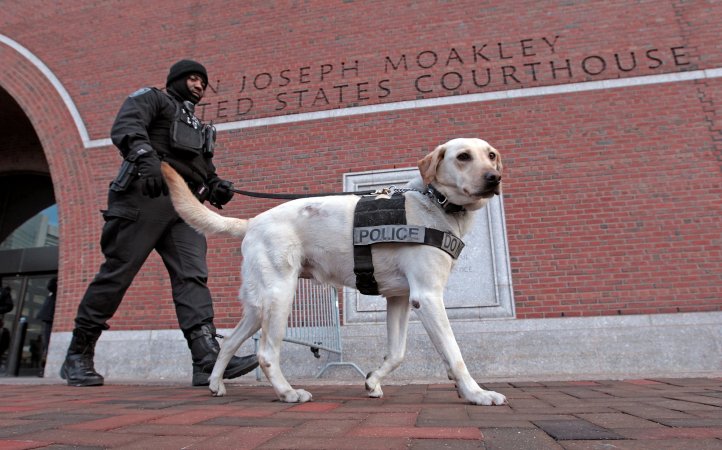It’s often said that a soldier’s greatest weapon is his head; now, the U.S. Army plans to sharpen that weapon, installing radar in troops’ combat helmets, upgrading one of the oldest pieces of infantry armor into an effective tactical device.
The Helmet Mounted Radar Program aims to provide a near-360-degree field for Moving Target Indicator (MTI) radar sensors that is low-power and can detect a moving threat as far out as 25 meters. The sensor should be integrated into the combat helmet and weigh less than two-and-a-half pounds, with less than a pound mounted on the helmet itself.
The system will also have to emit a low enough dose of radiated power to not affect the health of the soldiers wearing the helmets or friendlies operating nearby. Since each soldier in a squad will have radar, and since individuals in a squad will presumably spend long amounts of time within one another’s 25-meter range, the program presents engineers with some daunting technical challenges.
But the reward should be worth the investment. Radar can see through all kinds of opaque combat operations by-products, like smoke, dust, and, perhaps most importantly, darkness, granting extra awareness to soldiers fighting an insurgency whose favorite tactic seems to be ambush. The radar setups might also help ground troops see through dense foliage and walls, allowing soldiers to see lurking threats before walking headlong into them.
Just how the radar is going to interface with the soldier is still unclear. A head-up display seems logical but also cumbersome, so perhaps the radar system could integrate with future standard-issue tech, like the wrist-mounted displays that Army Research Labs is developing alongside Hewlett-Packard. (Or perhaps it could tug on the soldiers’ ears. -ed.) Other questions also remain unresolved: how will a soldier differentiate a threat from the friendly blips generated by nearby squad members? Will other moving items set off excessive false positives, slowing operations as soldiers stop to clear stray cats and birds?
Helmet-mounted radar won’t be ready for deployment for several years, so engineers have some time to iron out those wrinkles. When they’re done, the Army hopes it will have a helmet that doesn’t just protect the head, but feeds it a steady stream of battlefield awareness as well.



![The U.S. Army’s New 84-Ton Tank Prototype Is Nearly IED-Proof [Updated]](https://www.popsci.com/wp-content/uploads/2019/03/18/4OP365P5JMECEH667S4O33DGSE.jpg?quality=85&w=525)



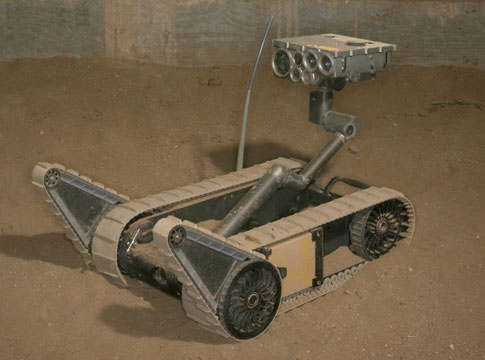



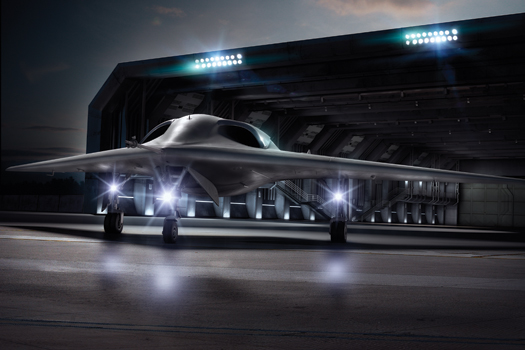

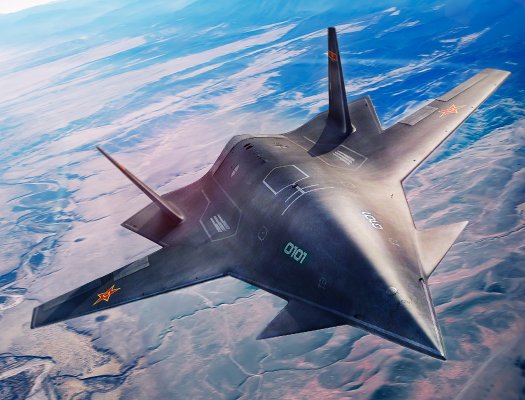
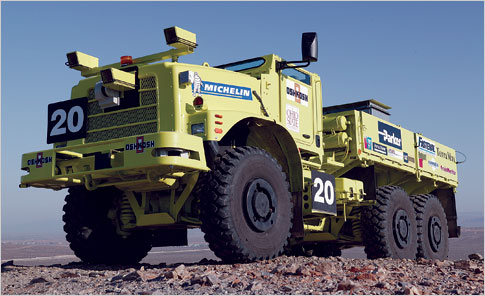


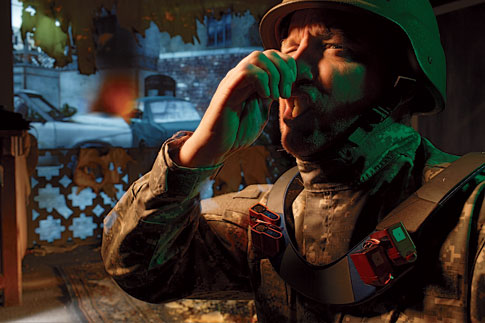
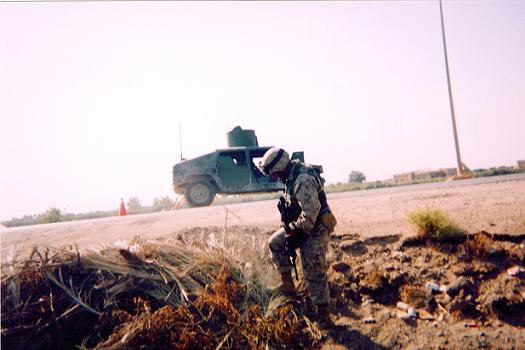
![Robots to the Rescue [Sponsored Post]](https://www.popsci.com/wp-content/uploads/2019/03/18/YPY36H5XFSOYHL3YSPBYMDQLUI.jpg?quality=85&w=525)
